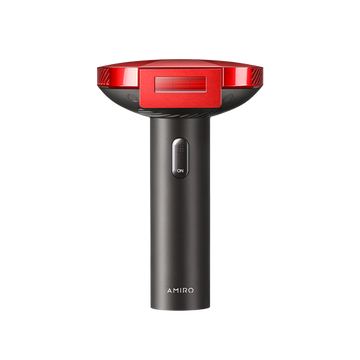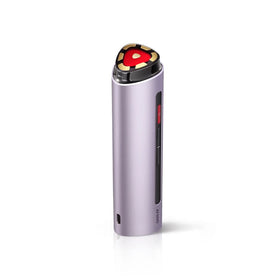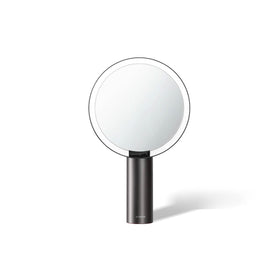Understanding Rosacea and the Benefits of LED Light Therapy
Blushing looks cute when you get a nice compliment, but did you know there is a chronic disease that causes your cheeks to become extremely red? Yes, rosacea is a common but often misunderstood skin condition distinguished by redness, inflammation, and visible blood vessels, primarily affecting the face.
Understanding rosacea symptoms and exploring effective treatments can significantly help in managing and alleviating this condition.
What is Rosacea?
Rosacea is a long-term skin condition that typically presents with redness across the cheeks, forehead, nose, and chin. Other usual symptoms may include visible blood vessels, swelling, and skin thickening, particularly around the nose. In some cases, it can affect the eyes, causing irritation, dryness, and swollen eyelids. You can manage rosacea with medications, but natural remedies and LED light therapy are also highly effective treatments.
What Causes Rosacea?
According to Mayo Clinic, the exact cause of rosacea remains unclear. However, it is believed that a hyperactive immune system, genetic factors, and environmental influences may all contribute to its development. Some of the major Rosacea triggers include:
- Lifestyle Factors: Stress, alcohol consumption, and spicy foods are known to exacerbate symptoms.
- Environmental Factors: Prolonged exposure to sunlight, extreme temperatures, and wind can trigger rosacea.
- Genetics: A family history of rosacea augments the likelihood of developing the condition.
- Skin Care Products: Some products containing alcohol or fragrances can also irritate the skin and trigger rosacea.
Best Rosacea Treatment — LED Light Therapy:
LED light therapy devices have surfaced as a promising treatment option for managing rosacea symptoms. This non-invasive therapy uses specific wavelengths of light to reduce inflammation, promote healing, and improve skin appearance. Different wavelengths of LED light penetrate the skin at varying depths, offering distinct benefits:
- Red Light:It penetrates deep into the skin and is known for its anti-inflammatory properties. It helps reduce redness and swelling, promoting skin healing and rejuvenation.
- Blue Light: It treats the top skin layer and targets acne-causing bacteria, which can be beneficial for rosacea patients who also suffer from acne.
- Near-Infrared Light: It travels deeper into the skin and supports cellular repair, and reduces inflammation, further aiding in rosacea treatment.
Benefits of LED Therapy for Rosacea
LED light therapy for Rosacea offers several benefits without damaging your delicate skin. For instance:
- Non-Invasive: Unlike laser treatments or chemical peels, anti-inflammatory light therapy is gentle and does not damage the skin.
- Minimal Side Effects: LED therapy is safe for all skin types, with minimal to no side effects.
- Ease of Use: Many LED devices are designed for at-home use, making them convenient to incorporate into a regular skincare routine.
- Effective Symptom Management: Regular use of LED therapy can significantly reduce redness, inflammation, and other rosacea symptoms.
Major Tips for Using LED Light Therapy
When incorporating LED light therapy into your skincare regimen, consider the following tips for better results:
- Consistency is Key: Regular treatments, as recommended by a dermatologist or according to the device's instructions, yield the best results.
- Choose the Right Device: Select an LED light device that offers the appropriate wavelengths for rosacea treatment. Devices with a combination of red, blue, and near-infrared lights can provide comprehensive benefits.
- Consult a Dermatologist: Before using LED light therapy for your condition, it is best to consult a dermatologist to ensure it suits your specific condition and skin type.
LED light therapy devices are valuable tools in managing rosacea. They offer a noninvasive and effective solution for reducing inflammation and improving skin health. By understanding the benefits and how to incorporate this therapy into your skincare routine, you can better manage rosacea symptoms and achieve clearer, healthier skin.
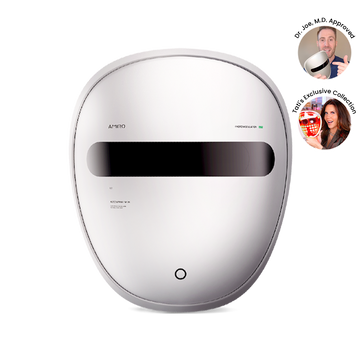
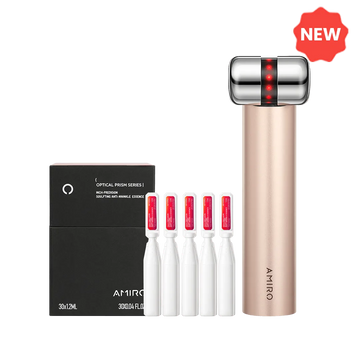

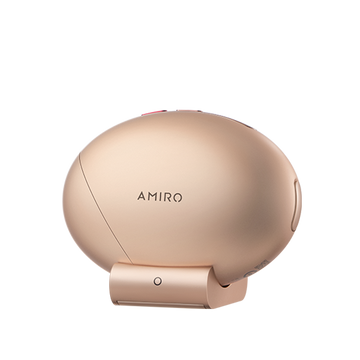

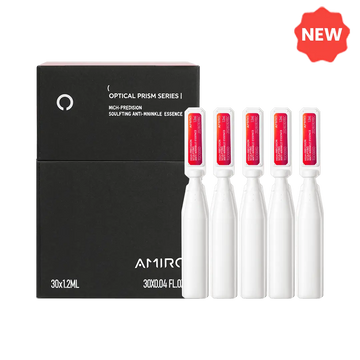




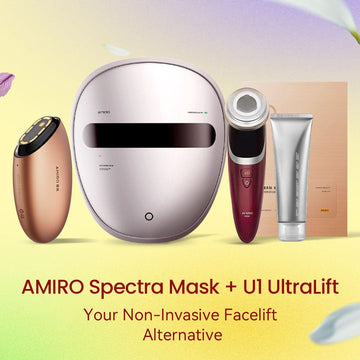

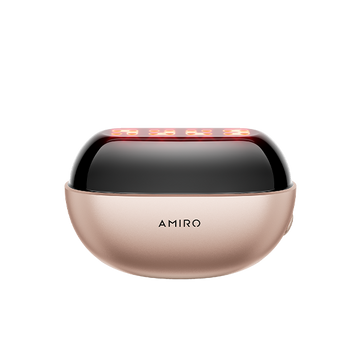
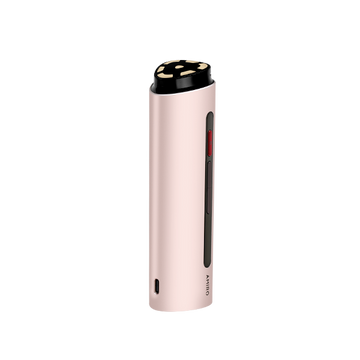
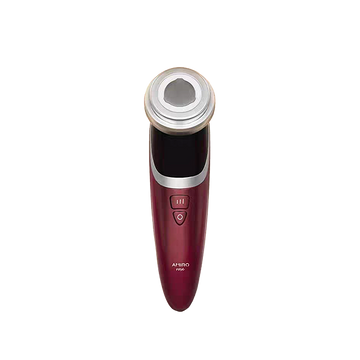
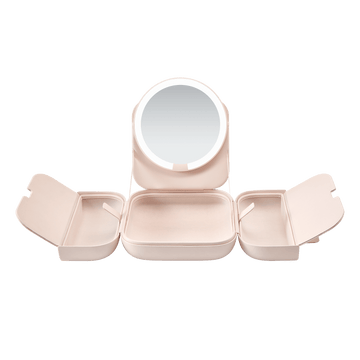

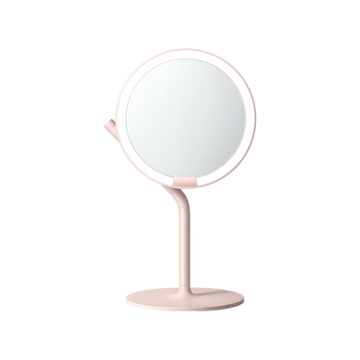






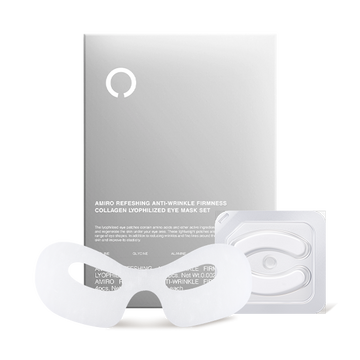



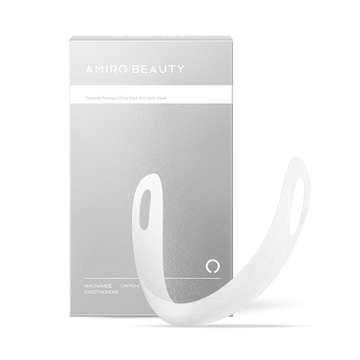
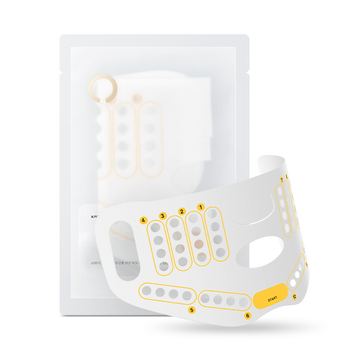
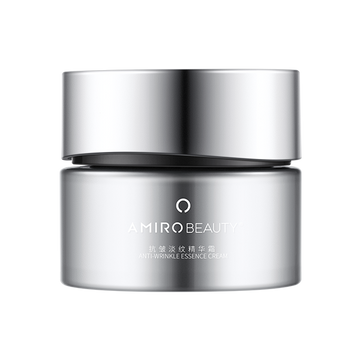

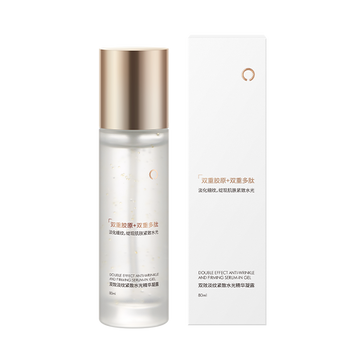
![[Half-Price Flash Sale] AMIRO Flash Sale Limited Stock](http://amirobeauty.com/cdn/shop/files/boxing_day_flash_sale_S2.jpg?crop=center&height=360&v=1766573695&width=360)
